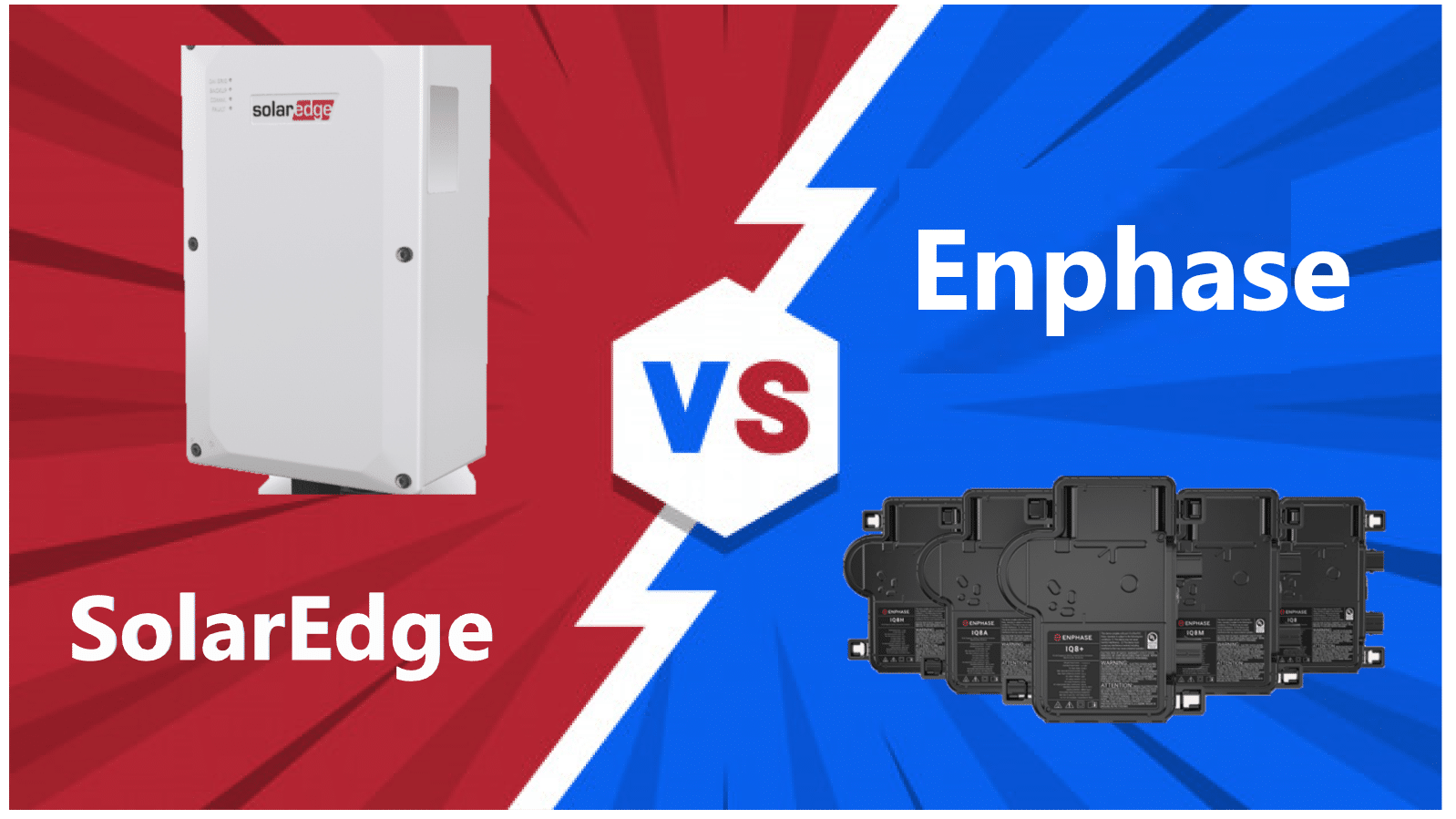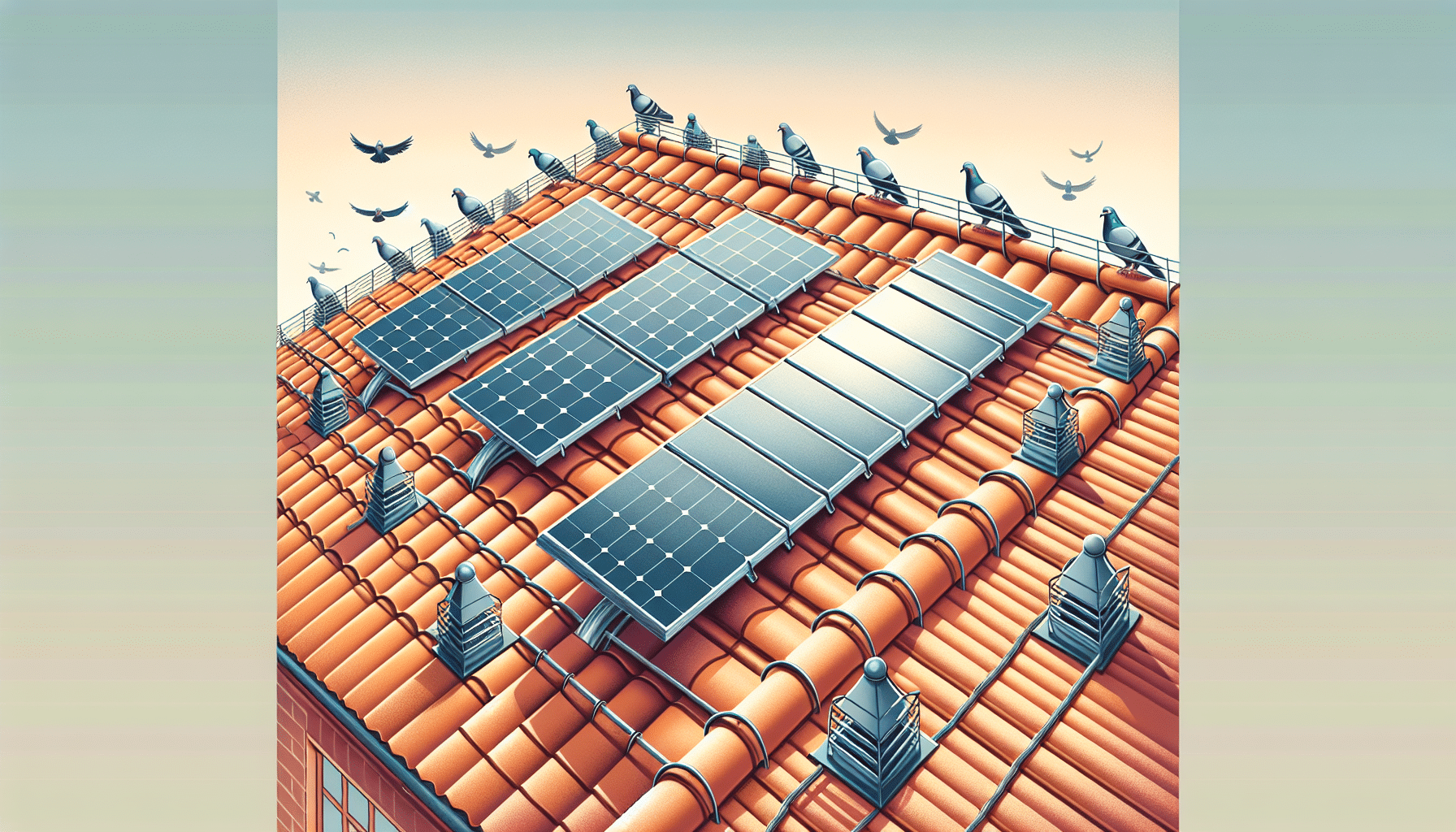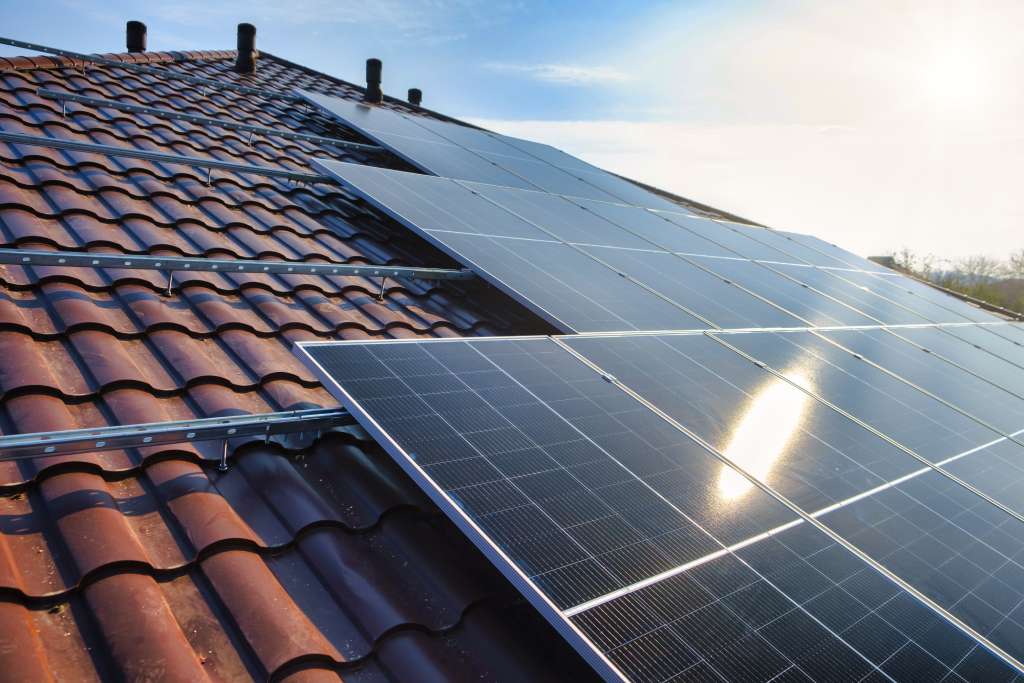Key Takeaways
- Enphase microinverters offer decentralized solutions and higher panel-level monitoring, enhancing efficiency and performance, particularly in shaded or complex solar installations.
- SolarEdge power optimizers provide high efficiency, integrated features, and better handling of shading, but rely on a central inverter, making system resilience a critical consideration.
- Choosing between Enphase and SolarEdge depends on factors like budget, installation complexity, scalability, and future energy needs, with professional consultation recommended for tailored advice.
Comparing Solar Inverter Technologies

Solar inverters play a vital role in converting the DC electricity generated by solar panels into AC electricity suitable for home use. Without this conversion, the energy harnessed from the sun would be unusable in our standard electrical systems.
Enphase and SolarEdge dominate this market, accounting for over 90% of residential solar installations. Each employs a different technology to optimize solar energy systems: microinverters and power optimizers.
Microinverters, like those from Enphase, and power optimizers, such as those offered by SolarEdge, represent the cutting edge of solar inverter technology. These technologies differ significantly from traditional string inverters, which convert DC to AC at a single centralized point. Optimizing power at the panel level, both microinverters and power optimizers improve system efficiency and performance, adapting to the specific conditions of each solar panel. A string inverter converts DC to AC at a single centralized point.
What Are Microinverters?
Microinverters, particularly Enphase microinverters, convert DC to AC power at the level of each individual solar panel, meaning each panel operates independently. This independence is crucial for maximizing the power output from your solar energy system, as it ensures that the performance of one solar panel does not affect the others. This setup is particularly beneficial in situations where shading or varying panel orientations might otherwise cause significant performance drops.
One of the standout features of microinverters is their ability to provide panel-level monitoring. This allows for detailed tracking of the performance of each solar panel, offering insights into the overall health and efficiency of the solar energy system.
Furthermore, Enphase microinverters are known for their high efficiency, typically ranging from 96% to 97%, ensuring that a maximum amount of energy is harvested and converted for use.
What Are Power Optimizers?
Power optimizers, like those from SolarEdge, take a different approach. These devices are installed at the panel level and optimize the DC power output before sending it to a central inverter for conversion to AC power. This method ensures that each panel operates at its maximum power point, significantly enhancing the overall system efficiency and energy production through module level power electronics.
SolarEdge’s power optimizers are equipped with maximum power point tracking (MPPT) technology, which adjusts each panel’s voltage and current to ensure optimal performance. This capability is particularly useful for mitigating the effects of shading and varying panel orientations, much like microinverters.
However, the key difference lies in the centralized DC to AC conversion, which can achieve a system efficiency of up to 99.25%.
Key Differences Between Enphase and SolarEdge
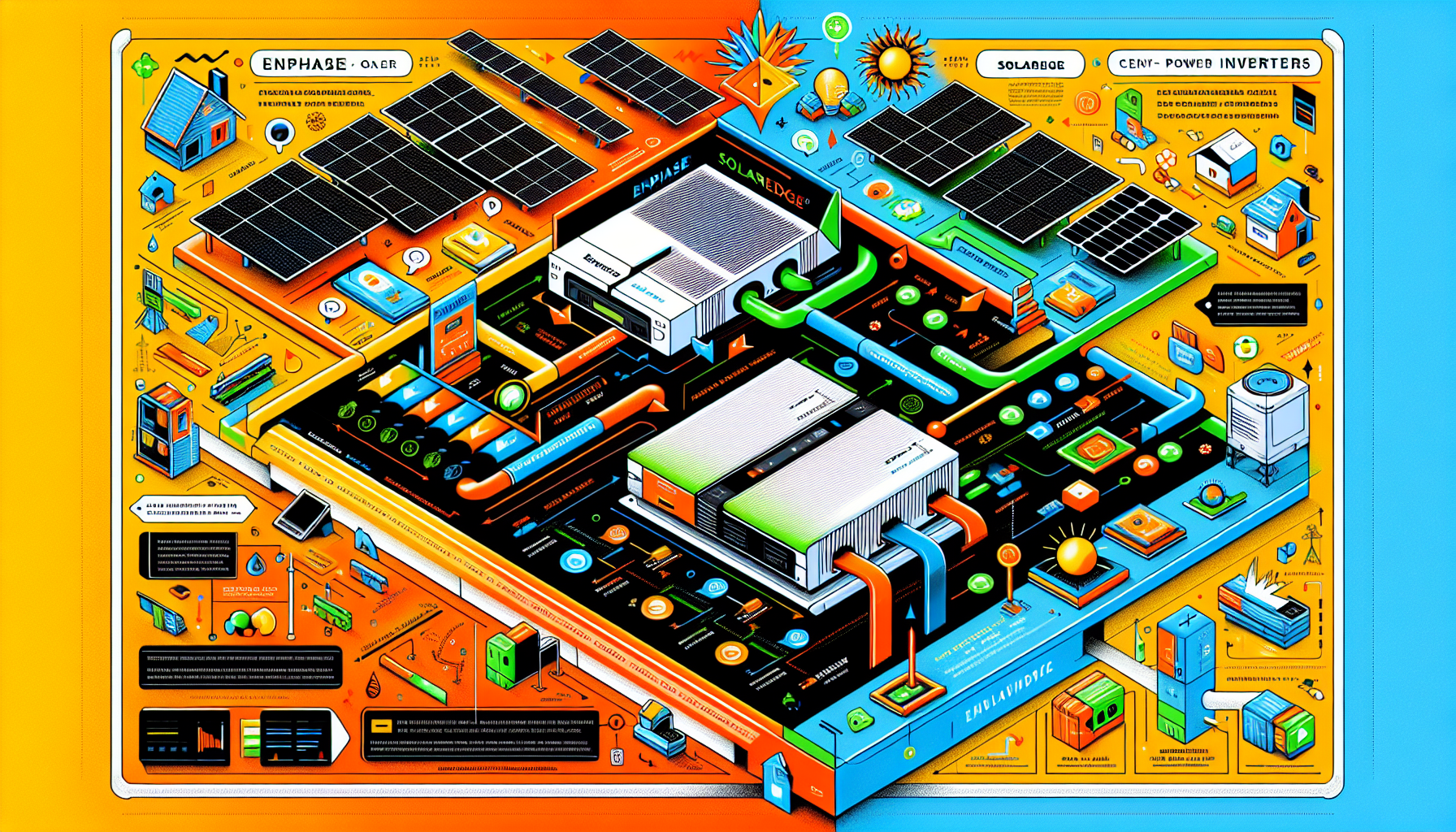
Comparing Enphase and SolarEdge requires understanding their fundamental differences in approaches to optimizing solar energy systems. Enphase relies on microinverters for each panel, providing a decentralized solution that enhances resilience and flexibility. In contrast, SolarEdge uses power optimizers paired with a central inverter, combining some advantages of microinverters with a more traditional central conversion approach.
Enphase microinverters are often preferred for their user-friendliness, better warranty offerings, and the ability to operate independently from other panels. On the other hand, SolarEdge systems provide integrated features such as electric vehicle charging and consumption monitoring, making them a comprehensive solution for modern solar installations.
Choosing between Enphase and SolarEdge ultimately depends on individual needs and priorities, including cost, installation complexity, and future expansion plans.
Cost Comparison
The initial cost of Enphase microinverters tends to be higher than that of SolarEdge power optimizers. However, this upfront cost can be offset by the long-term value that SolarEdge products offer due to their lower initial investment.
When evaluating cost, consider both the initial outlay and potential savings over the system’s lifespan to determine the best value for your investment.
Installation Process
Installing Enphase microinverters is generally considered more straightforward and user-friendly compared to SolarEdge systems. This is largely because Enphase systems operate independently at each panel, eliminating the need for a central inverter.
This can simplify the solar panel installation process, making it easier for solar installers to implement.
Scalability and Future Expansion
Enphase microinverters facilitate easier addition of solar panels due to their modular design. This makes them a highly scalable option, allowing homeowners to expand their solar energy systems as their energy needs grow. Simply adding solar panels to an existing Enphase system does not require significant changes to the existing setup, making future expansions straightforward.
Expanding a SolarEdge system might require upgrading the central inverter to accommodate additional panels, complicating the process. If future power demand increases are anticipated, Enphase systems might offer a more flexible and scalable solution. Scalability is a critical aspect to consider when evaluating solar inverter systems for future energy needs.
Efficiency and Performance
The efficiency and performance of a solar power system are paramount. Enphase IQ 7 series microinverters have an efficiency rating of 97%, while SolarEdge’s central inverter boasts a higher efficiency rating of 99%. Power optimizers, such as those used by SolarEdge, can enhance performance in shaded conditions by enabling panel-level performance monitoring and improving overall efficiency.
Microinverters are better suited for handling shading and complicated roof layouts, which can maximize energy production even during shading events. SolarEdge’s power optimizers provide better protection against partial shading, allowing for more reliable energy capture.
Ultimately, both systems offer high efficiency, but the choice between them may depend on specific site conditions and shading issues.
Reliability and Durability
Enphase microinverters typically come with a 25-year warranty, indicating their durability and reliability. In contrast, SolarEdge power optimizers usually come with shorter warranty periods, ranging between 10 to 12 years. Both systems have a low failure rate, highlighting their reliability in performance.
The extended warranty of Enphase systems might provide additional peace of mind for long-term investments.
Battery Backup Solutions
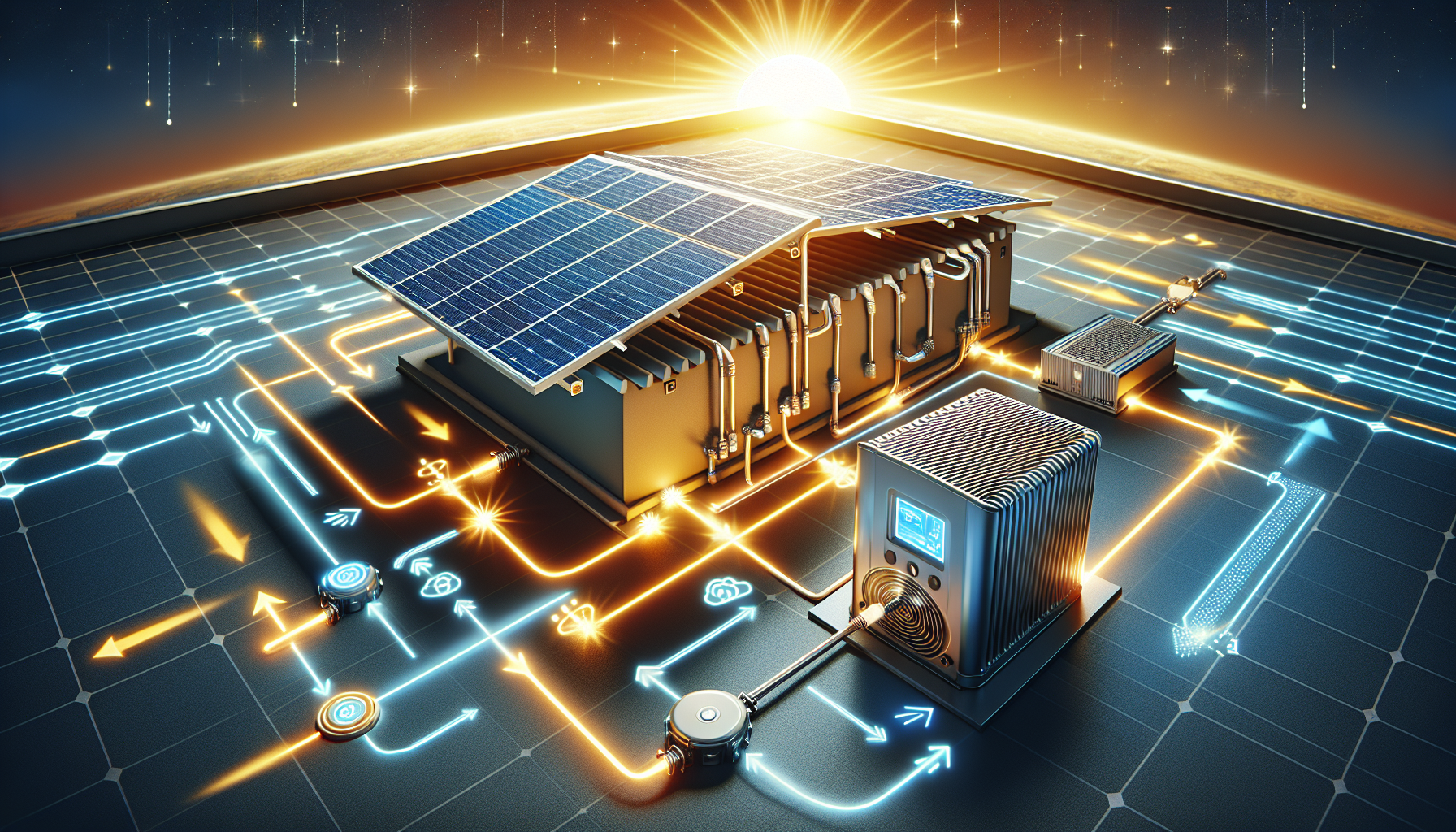
Battery backup solutions are essential for maintaining power during outages, allowing homeowners to utilize surplus solar energy even when the grid is down. Both Enphase and SolarEdge offer robust battery backup solutions, but they differ significantly in their approach. Enphase uses AC-coupled batteries, while SolarEdge employs DC-coupled batteries.
The AC-coupled approach of Enphase involves additional energy conversions, which can result in slight energy losses. Despite this, the integration of AC-coupled batteries with Enphase microinverters is seamless, enhancing the overall efficiency of the system.
On the other hand, SolarEdge’s DC-coupled system minimizes dc energy conversion losses, potentially making it a more efficient option for battery storage.
Enphase Ensemble System
The Enphase Ensemble system uses AC-coupled battery technology for energy storage, with the primary battery being the IQ 5P. This system is designed for straightforward integration with Enphase microinverters, enhancing overall system efficiency. One of the standout features of the Enphase IQ Battery 5P is its high DC round-trip efficiency of 96%, which optimizes energy usage.
The modular design of Enphase batteries allows for easy stacking to increase energy storage capacity, adapting to growing energy needs. This flexibility makes the Enphase system a robust choice for homeowners looking to expand their solar energy systems in the future.
SolarEdge StorEdge Solution
The SolarEdge StorEdge solution provides backup power during grid failures, ensuring continuous energy supply. One of the key advantages of SolarEdge’s DC-coupled system is that it allows DC power to directly charge the battery, reducing energy conversion losses. This results in higher overall system efficiency compared to AC-coupled systems.
SolarEdge’s compatibility with various battery brands, including the highly regarded LG Chem RESU, provides flexibility in choosing backup options. This compatibility ensures that homeowners can select the best battery solution to meet their specific energy storage needs.
Pros and Cons of Each System
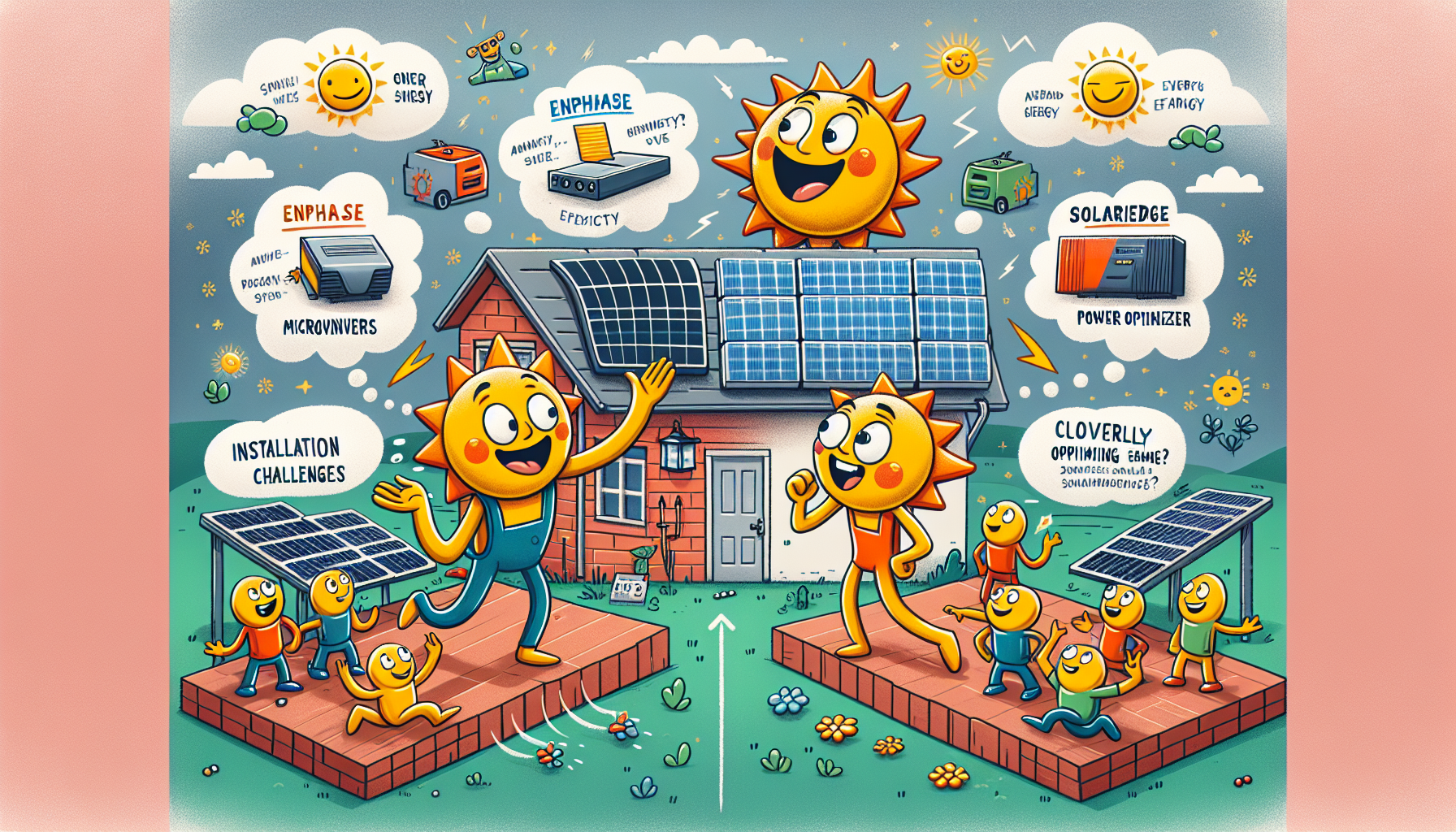
Both Enphase microinverters and SolarEdge power optimizers have distinct strengths and weaknesses that cater to different needs.
Understanding these pros and cons is crucial for making an informed decision. Enphase microinverters offer resilience and modularity, making the system more flexible in varying conditions. However, their higher initial costs and potential for energy clipping during high sunlight conditions are notable drawbacks.
SolarEdge power optimizers are known for their efficiency and effective handling of maximum wattage and shading conditions. However, if the central inverter fails, the entire system goes offline, which is a significant downside. This dependency on the central inverter can complicate troubleshooting and increase system vulnerability.
Advantages of Enphase Microinverters
Enphase microinverters shine in scenarios where shading and complex roof layouts are a concern. If one panel fails or is shaded, only that panel’s output is affected, maintaining the overall system performance. This independence ensures consistent energy production, enhancing the solar power system’s resilience. The system’s modularity also makes it easier to expand by simply adding more solar panels without significant changes to the existing setup.
Additionally, Enphase microinverters provide significant resilience because the failure of a few panels or microinverters does not impact the performance of the whole system. This decentralized approach offers a robust solution for homeowners looking for flexibility and reliability in their solar installations.
Disadvantages of Enphase Microinverters
Despite their advantages, Enphase microinverters come with some drawbacks. The initial cost of these systems is generally higher than traditional string inverters. This higher upfront investment can be a barrier for some homeowners. Moreover, the overall installation cost tends to be higher due to the need for multiple microinverters.
Another issue is the potential for energy loss during strong sunlight conditions due to clipping. This phenomenon occurs when the microinverter cannot convert all the available DC power to AC power, resulting in lost energy. Additionally, the presence of numerous microinverters increases the likelihood of potential failures, which can complicate maintenance.
Advantages of SolarEdge Power Optimizers
SolarEdge power optimizers are designed to handle the maximum wattage from most panels, ensuring that energy output is optimized. This high efficiency DC-to-AC conversion allows for more effective use of solar energy, enhancing the overall system performance. The monitoring features in SolarEdge products are also consistently improving, providing better tracking and management of solar energy output.
Additionally, SolarEdge inverters use less of the Main Panel, ensuring efficient power distribution within the home. This efficient use of power components makes SolarEdge an appealing choice for those looking to maximize their solar energy systems’ performance.
Disadvantages of SolarEdge Power Optimizers
One significant drawback of SolarEdge power optimizers is that if the central inverter fails, the entire system goes offline. This reliance on a single point of failure can make the system vulnerable and complicate troubleshooting. The necessity for both the inverter and optimizers to work together adds to the complexity of the system.
Moreover, the dependence on a central inverter means that any issues with this component can lead to a complete system shutdown, affecting all connected panels. This can be a critical concern for homeowners who prioritize system reliability and uptime.
Choosing the Right System for Your Needs
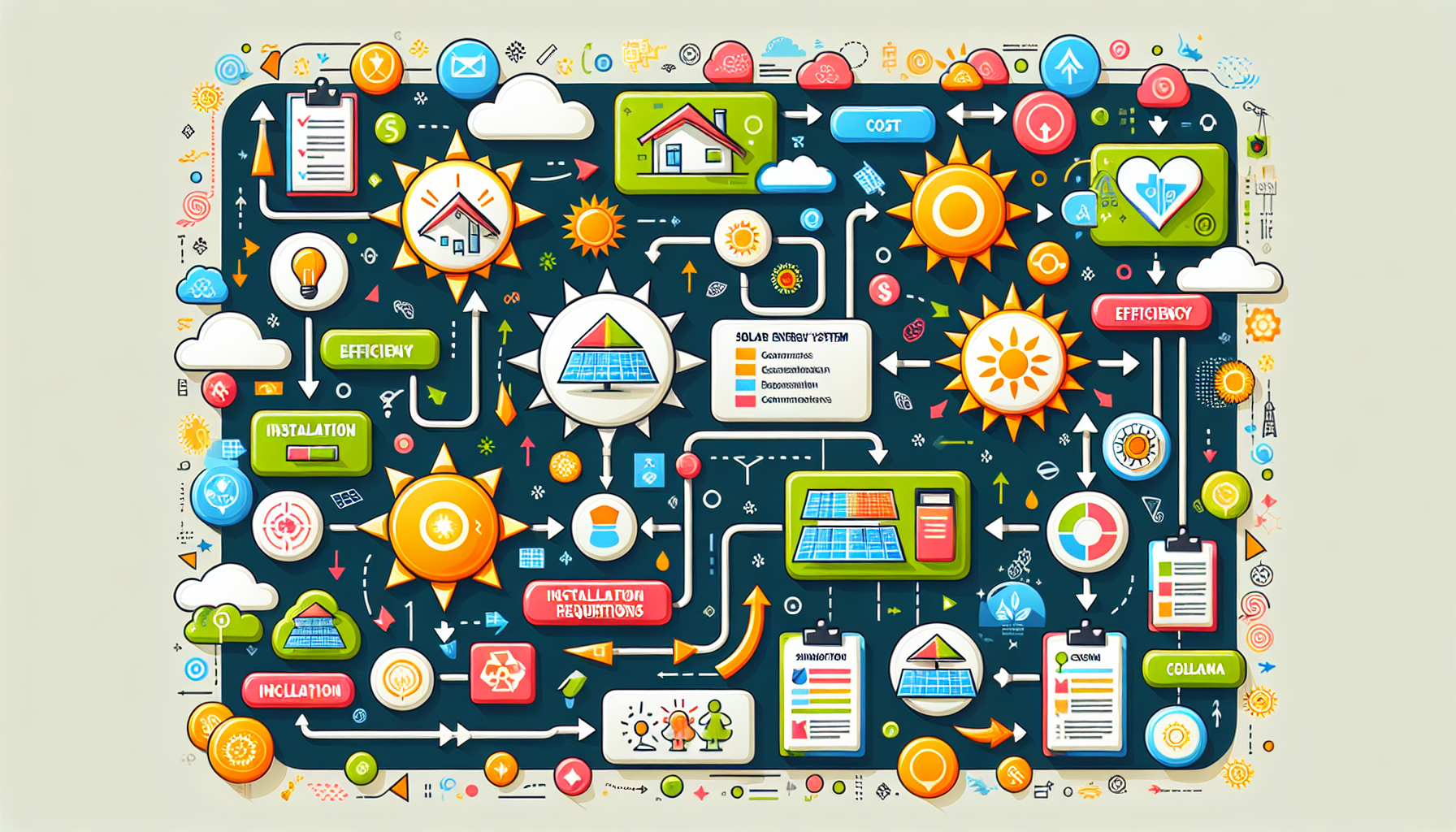
Choosing the right solar inverter system involves assessing your energy needs, roof conditions, budget, and future expansion plans. Enphase microinverters are generally preferred for their flexibility and ease of expansion, making them suitable for most installations. They are particularly advantageous if you anticipate increasing your solar capacity over time.
On the other hand, SolarEdge systems can be a better fit if you are not planning to expand your solar capacity for at least ten years, especially when combined with battery storage. The decision ultimately depends on individual circumstances and preferences, such as roof size and shape, energy consumption patterns, and long-term goals.
Factors to Consider
When choosing between Enphase and SolarEdge systems, consider factors such as:
- Budget
- Roof size and shape
- Energy consumption patterns
- Future expansion plans
Each system has its strengths, and the best choice will depend on your specific needs and priorities.
There is no one-size-fits-all answer; the right solution depends on the unique characteristics of your solar installation.
Consult a Professional
Consulting a qualified solar installer like Sun Source Energy is essential for tailored recommendations regarding solar inverter systems. Our professionals can provide insights based on your home’s specific conditions and energy needs, helping you make an informed decision.
Consulting a solar system expert ensures you choose the most suitable system for your panel setup and long-term goals.
Summary
In summary, both Enphase microinverters and SolarEdge power optimizers offer unique advantages and disadvantages.
Enphase systems provide modularity, resilience, and ease of expansion, while SolarEdge systems offer high efficiency, effective power optimization, and advanced monitoring capabilities. Your choice will depend on your specific needs, budget, and future plans.
Consulting a professional can help you navigate these options and select the best system for your home. Make an informed decision and harness the full potential of solar energy for a sustainable future.
Looking for a reliable solar inverter for your system?
Whether you opt for Enphase microinverters or SolarEdge power optimizers, both offer cutting-edge solutions tailored to your specific energy needs.
At Sun Source Energy, we not only help you decide which inverter system is best for your home, but we also offer and install both Enphase and SolarEdge products.
Our team is committed to ensuring you get the most out of your solar investment, providing expert advice and seamless installation services. Reach out today to start your journey toward clean, efficient solar energy!
Frequently Asked Questions
What are the main differences between Enphase microinverters and SolarEdge power optimizers?
Enphase microinverters convert DC to AC at each individual panel, providing greater energy production in shaded conditions, whereas SolarEdge power optimizers enhance DC output before transmitting it to a centralized inverter, which can boost overall system efficiency.
Which system is more cost-effective in the long run?
SolarEdge systems may be more cost-effective in the long run due to their lower initial costs, despite Enphase microinverters having a higher upfront investment. This makes SolarEdge an attractive option for long-term financial savings.
How do the installation processes of Enphase and SolarEdge systems differ?
The installation process for Enphase systems is simpler because each panel operates independently, while SolarEdge systems necessitate the installation of a central inverter, which can add complexity. Therefore, if ease of installation is a priority, Enphase might be the better choice.
What are the scalability options for Enphase and SolarEdge systems?
Enphase systems offer easy scalability thanks to their modular design, allowing for straightforward expansion. In contrast, expanding a SolarEdge system typically necessitates upgrading the central inverter, which can be more complex.
What should I consider when choosing a solar inverter system?
When choosing a solar inverter system, prioritize your budget, roof specifications, energy consumption patterns, and any potential future expansion needs. These factors will ensure you select the most suitable system for your requirements.


